What does a duranta look like and how to grow it?
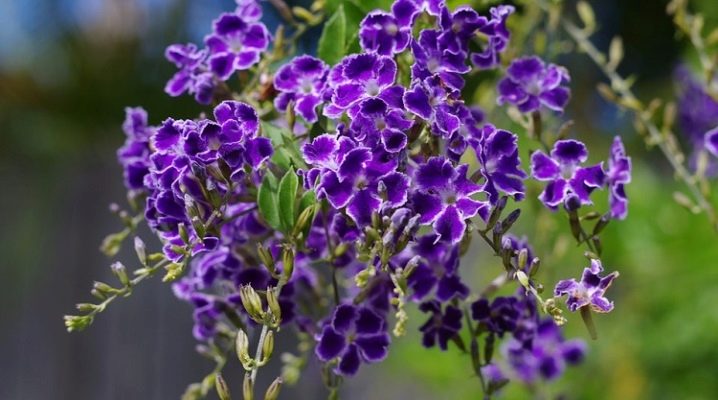
Duranta is considered to be one of the most beautiful indoor flowers. It is a flowering plant covered with fragrant and rather large flowers, which are collected in inflorescences of magnificent cobalt (blue) shades, although there are also varieties with white flowering.

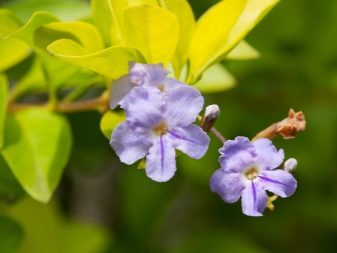
general description
Duranta (duranta or birch) is a plant from the vervain family, which is a sprawling, fast-growing (up to 20 cm per year) shrub, erect or creeping. Light-colored shoots have a tetrahedral shape, and the edges of the leaf plate, painted in bright green tones, are indented with large teeth. There are varieties whose shoots are covered with small thorns. A relatively low (1.5-2 m) indoor bush in the wild reaches impressive sizes - up to 5 meters. Opposite leaves up to 7 cm long are attached to the stems with short petioles. Leaves are oval, sometimes spatulate, dense structure.
Duranta blooms in May and continues throughout the growing season. At this time, the plant looks especially impressive, because it is covered with large and bright racemose inflorescences 0.2 m long in various shades of the blue palette. There are blue, lilac, azure, piercing blue and boiling white tones. Over the years, the thin skin of the shoots takes on a light brown tone.
Flowering ends in orange fruits, which should not be eaten as they are poisonous.
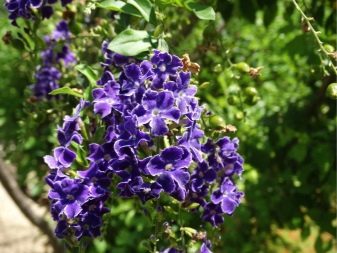
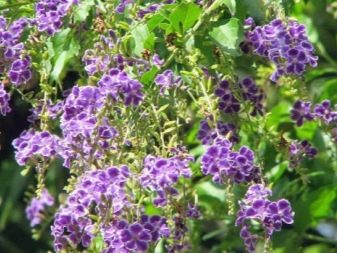
Popular species and varieties
Despite the fact that duranta has more than 20 varieties, not all are suitable for cultivation at home. Nevertheless, among them there is a sufficient selection of colors of inflorescences and leaves to create a collection. To make a choice, it is enough to familiarize yourself with the main characteristics of the varieties. Duranta plumier or Duranta plumieri is a very popular plant among indoor crop lovers. It grows into a beautiful, lush, well-leafy bush up to 1.5 m high.
Shoots are covered with bright green foliage of a rather large (up to 7 cm) size with a smooth surface and well-visible teeth along the edge of the plate. The inflorescences are collected in dense large clusters of many flowers, painted in tones of the white-blue spectrum: white, blue, lilac, lilac, blue.
After flowering, the plant forms yellow or orange fruits that are attractive in appearance, but poisonous.
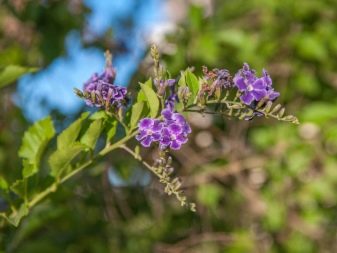
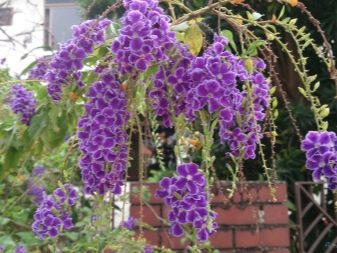
The varieties of variegated duranta Plumier will be as follows.
- "Cuban Gold". A variegated, spreading, well-leafy bush covered with lanceolate foliage, whose color is an interesting combination of a bright green base and golden blotches. Thanks to such an unusual palette, the plant looks extremely impressive and festive.
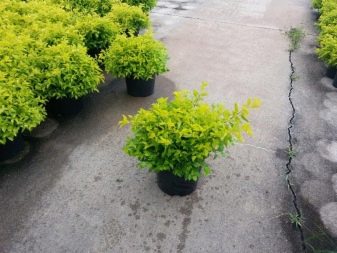
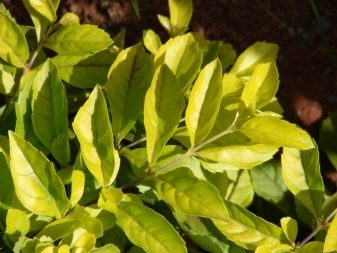
- "Golden Land". An equally beautiful variety with variegated foliage, where the central green color prevails, trimmed with a golden border along the edge of the leaf.
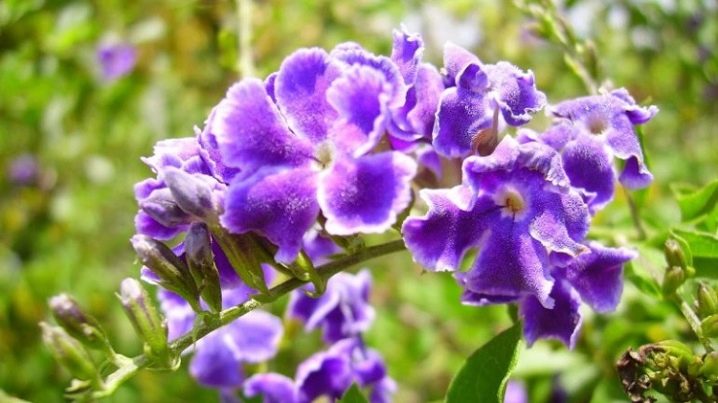
- Lemon Drop. This variegated variety has a visible difference in the shape of the leaf plate. It has a diamond-shaped geometry with a clearly visible dissection in the form of large denticles along the edge. The main color of the leaf is yellow, the edges are painted in intense green.
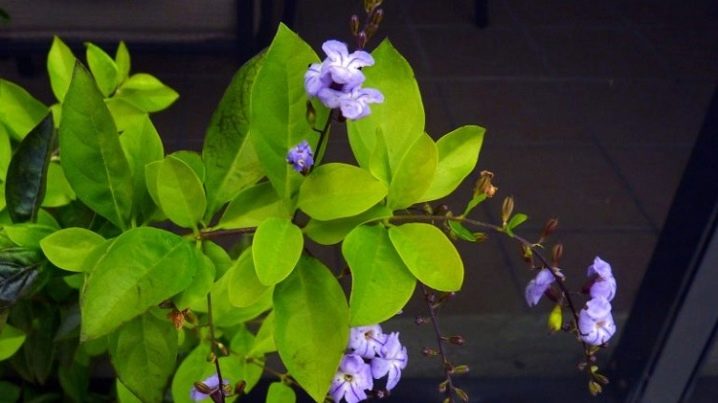
- "Little Geisha"... A lush and spreading bush during flowering is covered with spectacular and large cluster-shaped inflorescences, consisting of tubular flowers of intense purple color with a white center and the same marginal border.
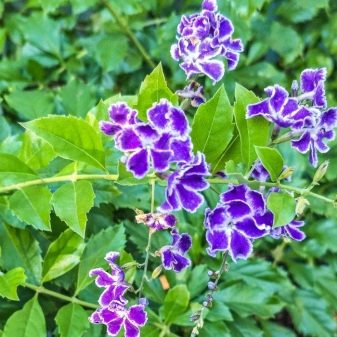
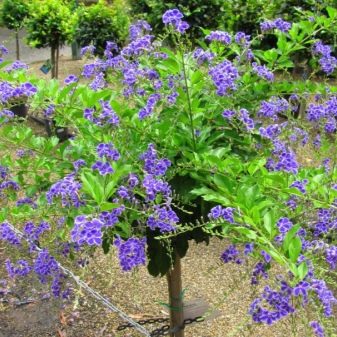
- "Lorenza" (Duranta lorentzii) serrate-leaved.The variety received such a definition for the vivid expression of the marginal teeth of the oval rounded foliage, resembling the teeth of a saw. Medium-sized five-petal fragrant flowers are painted in a white or purple palette and are collected in dense racemose inflorescences.

- Duranta repens (in other words, creeping durant) is a miniature variety of shrub, consisting of shortened branched shoots, which gives the plant a creeping appearance. The stems are densely covered with elliptical dark green pointed foliage. During flowering, the bush is strewn with inflorescences of small lilac flowers with a delicate aroma.
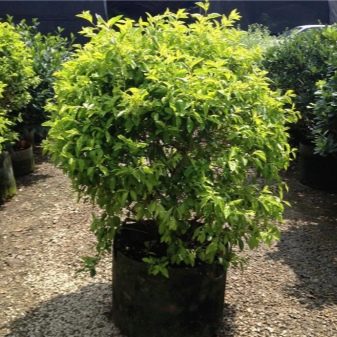

Hybrids are no less popular than varietal varieties. Moreover, they are characterized by more abundant and long-lasting flowering, saturated color of the leaves.
- "Sweet Memory"... The variegated hybrid has a serrated lanceolate foliage, painted in an intense green palette, the edges of the leaves are white. The lilac flowers have a unique sweet aroma with distinct notes of chocolate.
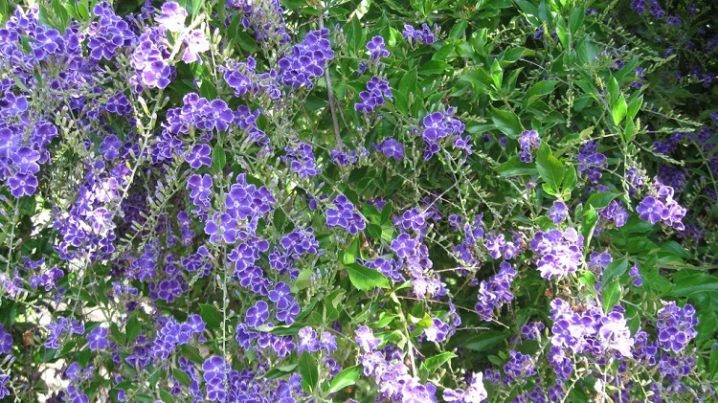
- White Cayenne Vanilla Bush. It has such characteristic differences as boiling white flowers with a vanilla aroma, collected in cluster-shaped inflorescences.
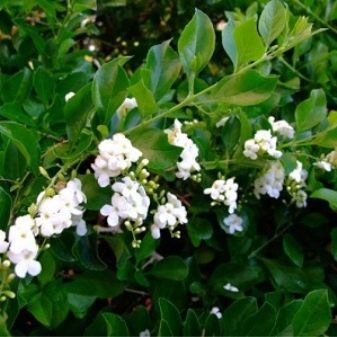

- Variegated durant "Tricolor" also known as the Green & Gold Durant. A very spectacular plant with very bright foliage colors, in which the central part is painted in an intense yellow color, turning to the outskirts in bright green tones. All this splendor is covered with fragrant racemose blue inflorescences.

- Erecta Alba. One of the most popular hybrids. Shoots are covered with diamond-shaped foliage of bright green color with serrated edges. The height does not exceed one and a half meters, the inflorescences are lush, fragrant, racemose, painted in lilac, blue or white tones.
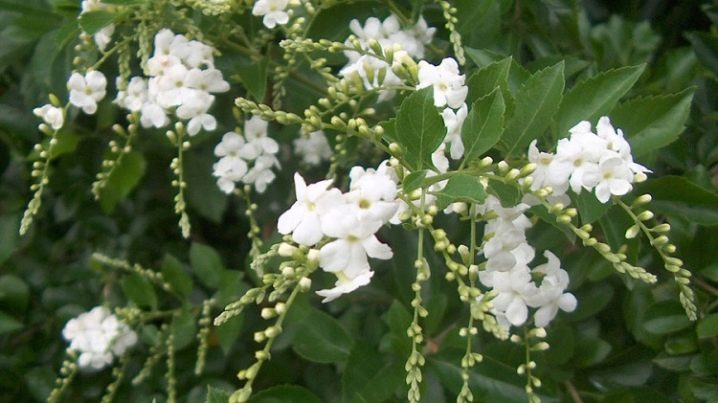
- Sweet Memories. This hybrid also boasts a beautiful bush with a spreading crown. The oval leaves have an intense green color. The inflorescences are long (up to 25 cm), the flowers are purple, the border of the petals is painted in white tones.
Any of the listed varieties or hybrids are distinguished by their beauty and attractiveness. Such a plant will become a full-fledged decorative element of the interior design.
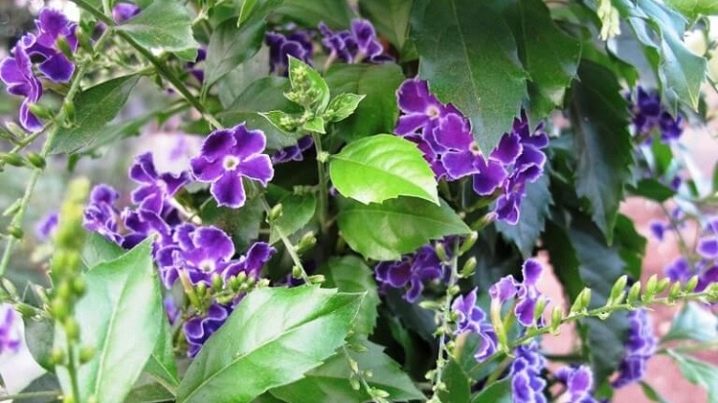
Landing
A planter for duranta is chosen according to the same principle as for other flowering plants.... If the goal is to achieve the most lush flowering, then the pot should be almost the same size as the earthen ball along with the root system. If the owner wants to first grow a sprawling tree with a lush crown, then the pots should be larger. In this case, the plant assimilates the entire volume provided to it. Consequently, the bush will be able to grow a powerful root system, many shoots and a well-leafy crown. Full flowering will take longer, but the final result is worth it. The result will be a spectacular, lush and abundantly flowering tree.
For optimal plant development, a good soil composition must be selected. The soil should be:
- loose;
- fertile;
- breathable;
- with a neutral level of acidity.
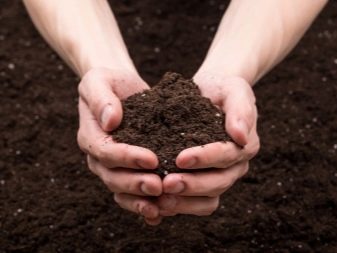
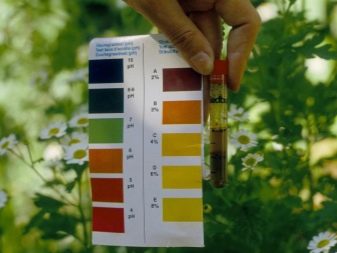
Recommended composition:
- ready-made soil for hibiscus;
- universal soil with the addition of half of the garden soil and chopped moss;
- ready-made soil for indoor plants with the addition of sod soil, humus and charcoal, which makes the composition loose;
- humus, leaf earth, sand or vermiculite for looseness in proportions of 2: 1: 1, respectively;
- sod land, leafy soil, peat, sand at a rate of 2: 2: 1: 1.


When filling the pot, do not forget about the drainage layer, which should occupy about a quarter of the volume. Shredded foam or vermiculite are suitable for this. Options such as expanded clay and perlite are very popular. The plant brought from the store is transferred into prepared pots and potting soil. The growing durant is transplanted annually, doing it in the spring, but the adult subspecies is transplanted no more often than once every 3.5 years.During this period, its roots have time to master the entire earthen lump.
If it is not possible to replace the pots, for example, the plant is too heavy to move from a smaller container to a larger one, then the top layer of the earth is simply replaced.
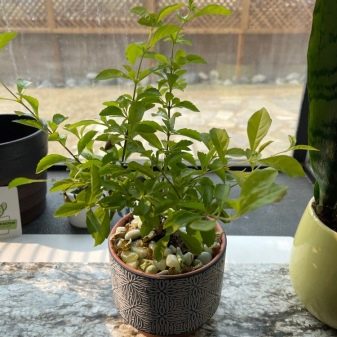
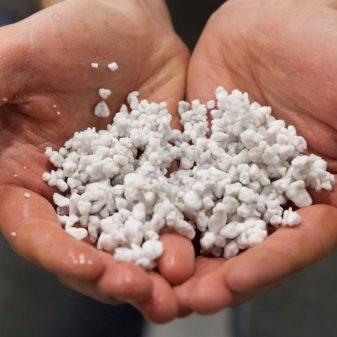
Care
Duranta is originally from the South American continent, which speaks of her love for warmth. Despite this, the plant is quite unpretentious in agricultural technology. Certain requirements exist, but this cannot be done without it when growing any plants.
- Optimal temperature conditions... In winter, the most comfortable temperature for duranta is +18 degrees. The plant is able to withstand a short-term decrease even up to +12, but you should not abuse such stressful changes. Extreme summer heat is also contraindicated as shrubs begin to shed their foliage. The optimum temperature is +25, it is this mode that contributes to the most correct development of the bush. In the hot season, the durant should be hidden in a slightly shaded, draft-free place.
- Lighting... This factor should be given special attention. Duranta loves soft and diffused light. Experts advise areas with southern or southeastern lighting, when the sun's rays are available for several hours, and the rest of the time, soft diffused light surrounds the durant. It is this light regime that will allow you to get a healthy bush with a lush crown and numerous shoots. Constant shading leads to dystrophy, when the stems become thin, the foliage is pale and monotonous, and the flowering is expressionless, if at all.
- Moisturizing... Duranta is a resident of a tropical climate, therefore, a dry climate is contraindicated for her. The flower needs high humidity. A simple spraying or installing a humidifier nearby can help out. If the option for manual spraying is selected, then its frequency depends on the humidity level of the surrounding area and the season. In winter, heating systems dry the air, and spraying is carried out more often, as in the hot period. Showering is equally important. A pot with a durant is placed in a bath or shower, washed with warm water and left for a while to get rid of excess water.
- Watering... The plant belongs to the moisture-loving category: from spring until dormancy, the owner must provide regular (1 time in 3 days) and abundant watering. In winter, the frequency of moistening and the amount of moisture are reduced, but the earthen coma cannot be allowed to dry out. At this time, watering is carried out about 2 times a month, focusing on the condition of the soil. Irrigation requires settled water at room temperature.
- Top dressing... At home, you should carefully consider this event. During the growing season, the plant intensively uses nutrients, so it will need complex mineral fertilizers for decorative deciduous plants. Top dressing is carried out 2 times a month after watering and then the culture is shaded for 2-3 days.
- Pruning... The event is held in the spring before the start of the growing season. At this time, too elongated shoots, damaged or dry, are cut off. If there is a certain idea for the geometry of the crown, then right now it is given the desired shape. Do not forget about the toxicity of duranta: the procedure must be carried out with gloves.
- Preparing for a dormant period. The peculiarity of duranta is that it is able to bloom all year round if appropriate conditions are created: frequent watering, sufficient lighting, the right temperature. The beauty of the plant often provokes the grower to force the culture to live in a similar rhythm, but the constant flowering depletes the vitality of the flower.
Compliance with such recommendations will not only allow you to get a healthy, beautiful and lush tree, but also provide it with a long term of full and comfortable existence.
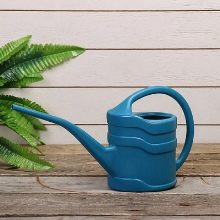

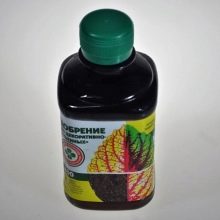
Reproduction
Durant is propagated in two ways: vegetatively and by seeds.The second method is longer, but ideal if the grower is inexperienced or if there is no mother plant from which planting material can be obtained. When propagated by cuttings, the plant will be obtained much faster, which makes this method preferable.
Seeds
Durant seeds do not require stratification, which slightly simplifies the process. They are sown in small greenhouses with wet soil. After sowing, the containers are installed in a well-lit, warm room. It takes 1.5-2 months from sowing to germination. Transplanting into pots is carried out no earlier than 3 true leaves appear on the sprout. The optimal sowing time is spring.
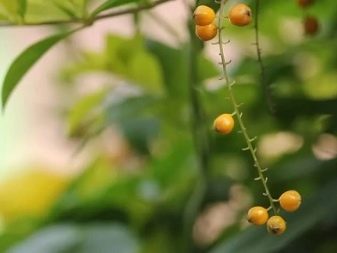
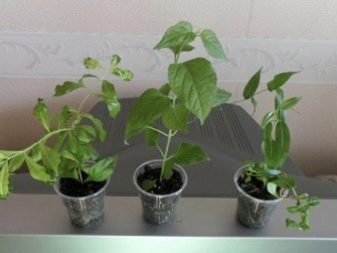
Cuttings
For cuttings, middle-aged shoots are used. A healthy plant that is at least three years old can be used as a mother bush. Cuttings are carried out in the fall after flowering and before the onset of a dormant period. This is September or October. The work is carried out in protective gloves, using a sharp pruner so that the cut points are not jammed.
The length of each cutting should be 10-13 cm. After cutting, they are slightly dried, then kept in a solution of a root former ("Kornevin", "Ukorenin", etc.). Cuttings are planted in greenhouses with neutral soil. For this, a mixture of river coarse sand and peat is used. Perlite can be used instead of sand.
Further, daily ventilation and humidification are required, as well as good lighting and warmth.
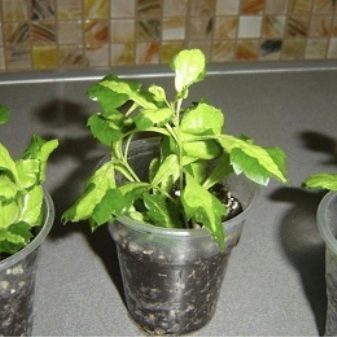
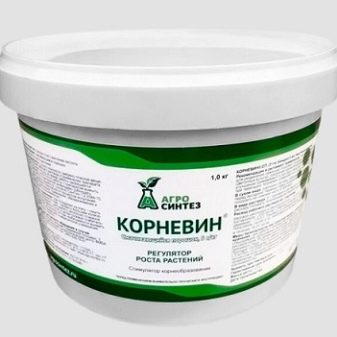
Diseases and pests
A healthy plant is almost not susceptible to diseases and pests. The patient becomes pale, the foliage loses its color intensity, begins to fall off. Here are the main points to watch out for:
- lack of light leads to crushing of the leaves, so additional lighting is needed;
- drying out must not be allowed, which inevitably causes the tips of the leaves to dry out;
- twisting the sheet plate indicates the need to increase the humidity level;
- discoloration signals a lack of nutrients.
Duranta can be affected by whiteflies, aphids, spider mites, and scale insects. In this case, insecticides are used. An unpretentious exotic does not require too much attention from the owner. Compliance with the basic rules of cultivation will eliminate the need to deal with negative manifestations and will delight the owner with a beautiful bush and fragrant flowering.
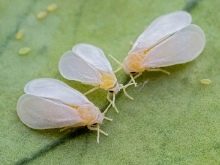
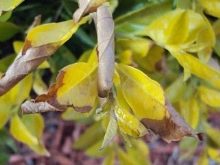
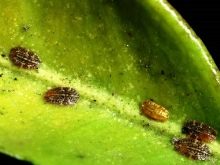































The comment was sent successfully.